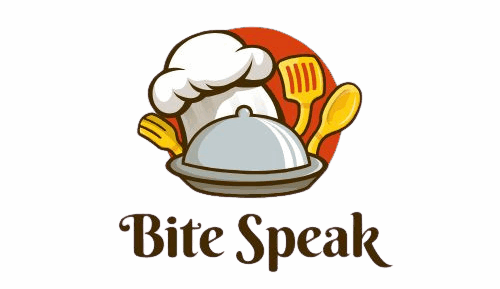20 Hidden Dangers Of Eating Leftover Meals
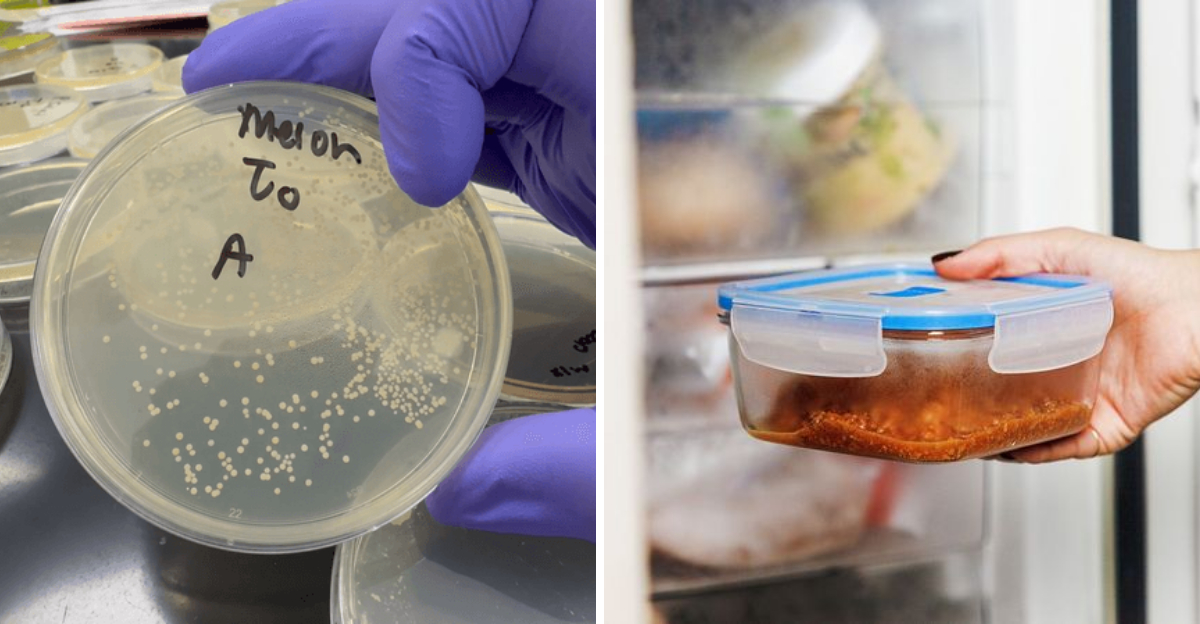
Eating leftover meals may seem convenient, but it comes with hidden dangers that could compromise your health. From bacterial overgrowth to nutrient loss, leftovers require careful handling and reheating to ensure safety. This article explores 20 potential risks associated with consuming leftovers and provides insights on how to mitigate them effectively.
1. Bacterial Overgrowth

Improper storage of leftovers can transform them into breeding grounds for harmful bacteria, including E. coli, Listeria, and Salmonella. These microorganisms thrive in moist, nutrient-rich environments, making your forgotten meals a perfect host. A lapse in fridge temperature or even a broken seal can lead to bacterial growth that may cause foodborne illnesses.
Did you know? Listeria can multiply even at refrigerator temperatures, so vigilance is crucial. Always ensure that leftovers are sealed tightly and consumed within a safe timeframe to protect your health.
2. Temperature Danger Zone
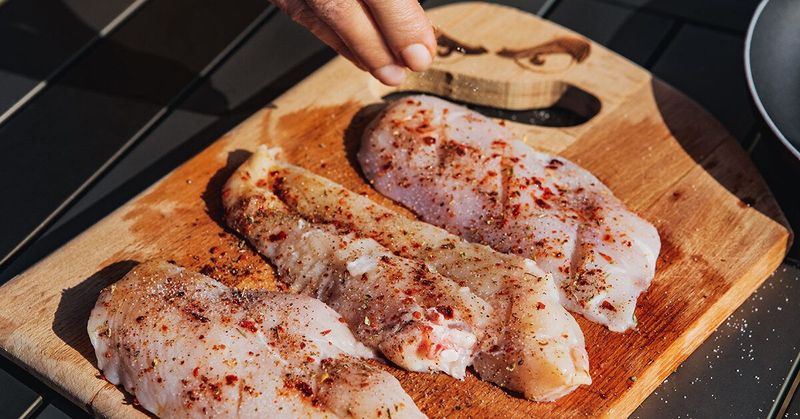
The temperature danger zone, between 40°F and 140°F, is where bacteria multiply rapidly. Leaving food within this range for too long can lead to unsafe consumption, regardless of reheating. The longer your food sits out, the more likely it is to harbor harmful bacteria.
If you’re planning a picnic or buffet, keep food in insulated containers or over ice to stay safe. Reheating leftovers doesn’t always kill bacteria, especially if they were allowed to proliferate at dangerous temperatures initially.
3. Uneven Reheating
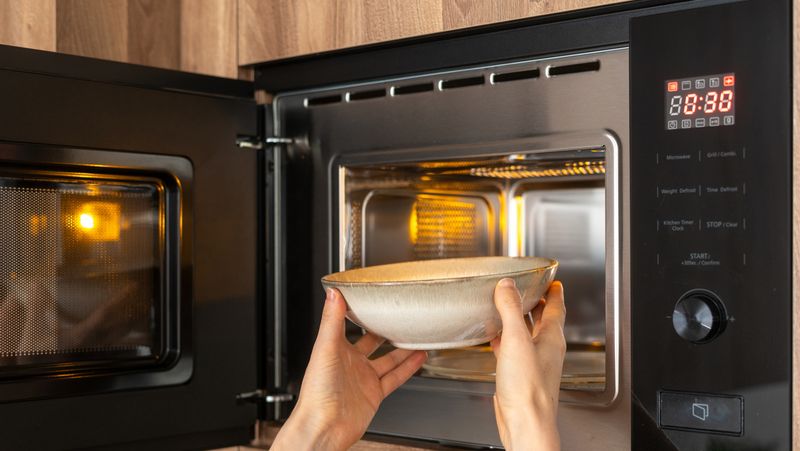
Microwaves are notorious for heating food unevenly, leaving cold spots that allow bacteria to survive. Thick or layered dishes, like casseroles, are especially susceptible. This uneven distribution of heat could result in consuming parts of the dish that haven’t reached a safe temperature.
To counter this, stir or rotate your food halfway through reheating to ensure even warmth. Consider using a food thermometer to check that all portions reach the recommended temperature for safe consumption.
4. Not Cooling Fast Enough
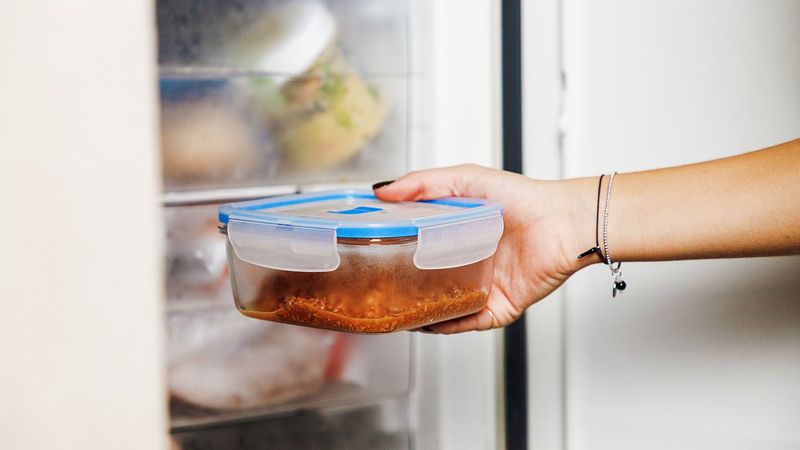
Allowing food to sit out for more than two hours before refrigeration can invite unwanted bacteria. The cooling process should be swift to minimize the time food spends in the danger zone. Some foods, like large cuts of meat or dense dishes, take longer to cool naturally.
Cutting large items into smaller portions can help speed up cooling. Additionally, use shallow containers to distribute heat more evenly and prevent bacteria from gaining a foothold.
5. Cross-Contamination
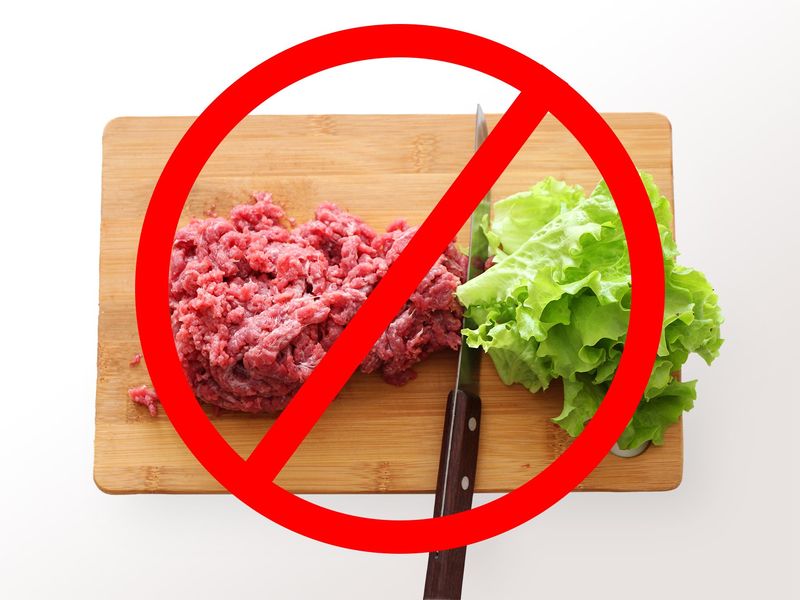
In the hustle of kitchen prep, cross-contamination can occur when raw and cooked foods are stored together or share utensils. This silent threat can transfer bacteria from raw meat to ready-to-eat leftovers, compromising their safety.
Always use separate cutting boards and tools for different food types, and never store raw food above cooked items in the fridge. These simple practices can help prevent accidental contamination and ensure your leftovers remain safe to eat.
6. Toxins That Survive Heat
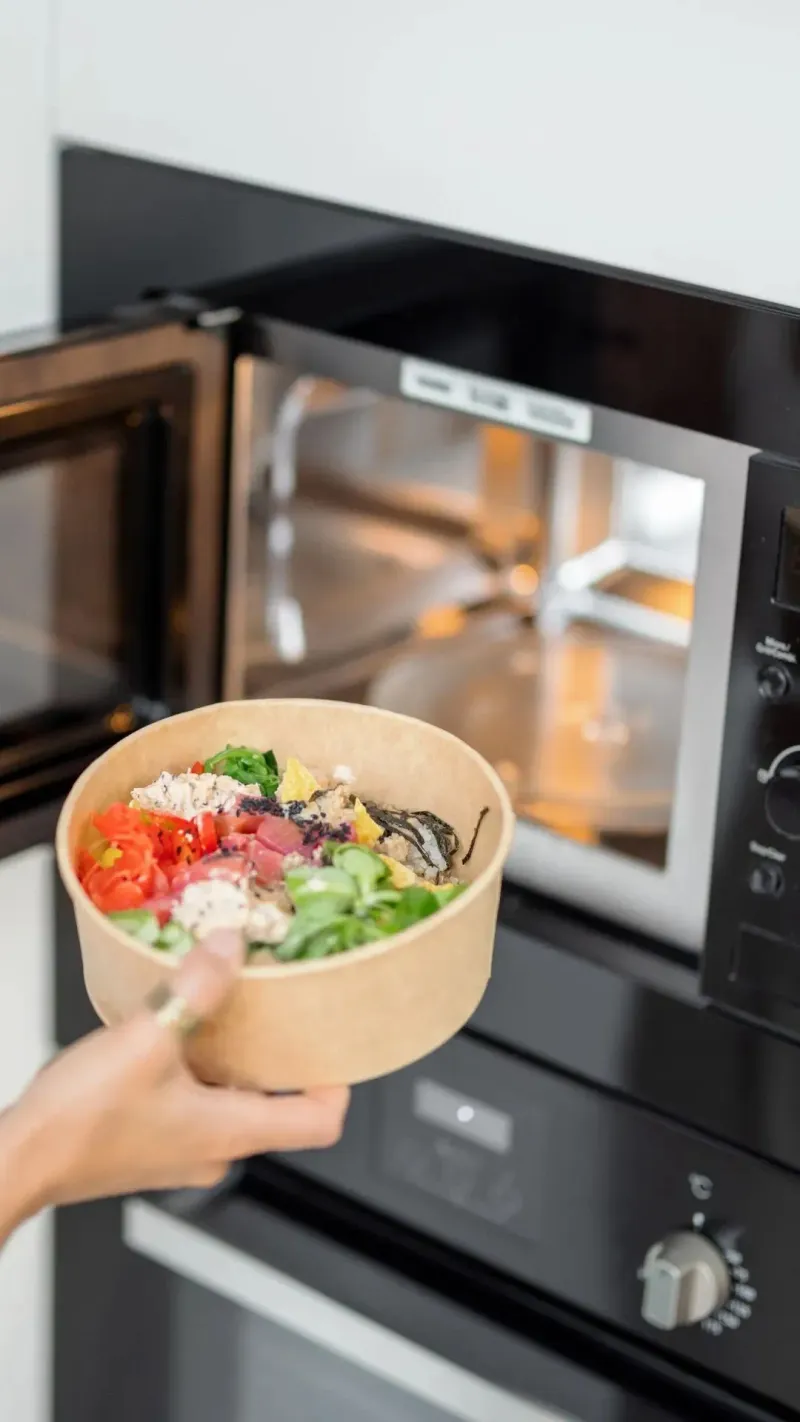
Some bacteria, like Staphylococcus aureus, can produce toxins that withstand cooking temperatures. These toxins aren’t destroyed by reheating, making them a hidden threat in seemingly safe leftovers. Even if your meal is steaming hot, it might not be safe.
To combat this, focus on proper storage and timely consumption. Avoid letting food sit out unnecessarily, and always refrigerate promptly. Awareness and caution can keep these toxins at bay.
7. Reheated Rice Can Be Risky
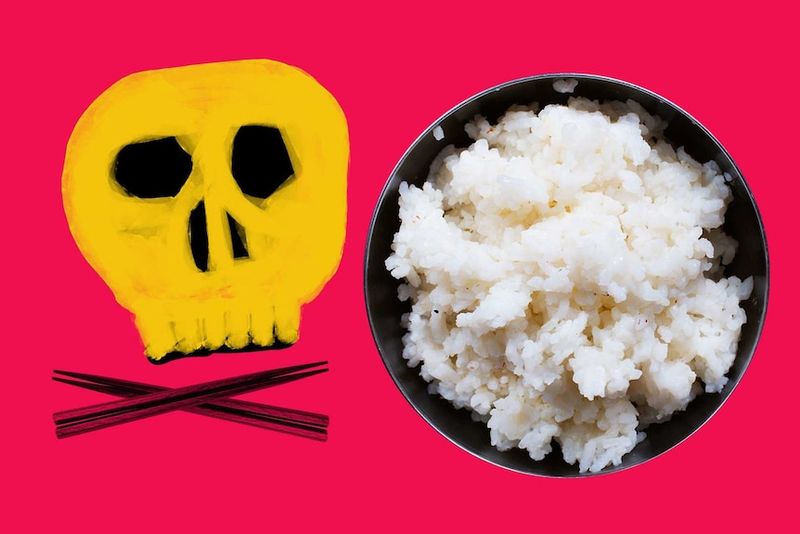
Reheating rice might seem harmless, but if it’s been left out too long, it can harbor Bacillus cereus, a bacteria linked to food poisoning. This microorganism can survive cooking and multiply when rice is left at room temperature.
To stay safe, cool rice quickly and refrigerate within an hour of cooking. Ensure thorough reheating before consumption, ideally above 165°F, to minimize the risk of illness from these resilient bacteria.
8. Spoiled Meat Isn’t Always Obvious
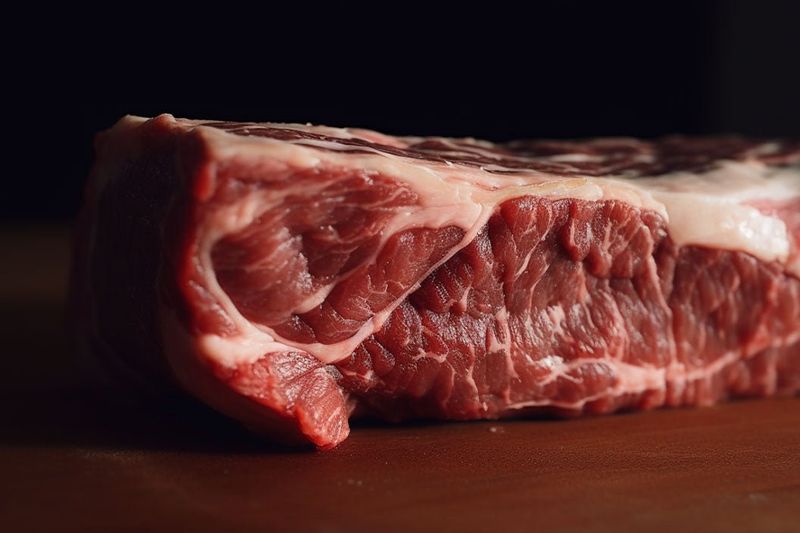
Spoiled meat doesn’t always exhibit clear signs like a foul odor or discoloration. Consuming such meat can lead to severe foodborne illnesses. Relying solely on appearance or smell can be deceptive, as some harmful bacteria don’t produce noticeable changes.
When in doubt, it’s safer to discard questionable leftovers. Proper storage and timely consumption can prevent spoilage and protect against the invisible dangers lurking in your fridge.
9. Old Leftovers = Mold Risk
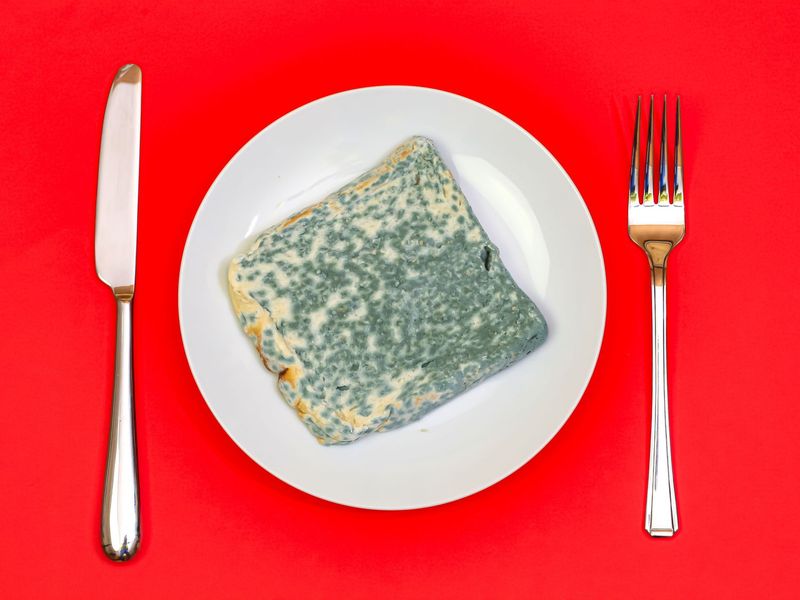
Mold can start forming on leftovers without being immediately visible. Those fuzzy spots might not appear until mold has already spread throughout the food. Consuming moldy food can lead to allergic reactions or respiratory issues.
Regularly inspect leftovers and consume or discard them within a few days. When storing, use airtight containers to minimize exposure to air, which can accelerate mold growth.
10. Refrigerator Burnout

Even the fridge isn’t a foolproof solution against spoilage. Leftovers generally remain safe for 3-4 days, but beyond this period, the risk of bacterial growth increases. Refrigerator burnout occurs when food sits too long, leading to potential health hazards.
To avoid this, clearly label leftovers with dates and prioritize consuming older items first. Keeping your fridge organized can help prevent forgotten dishes from turning into a health risk.
11. Plastic Reheating Risks
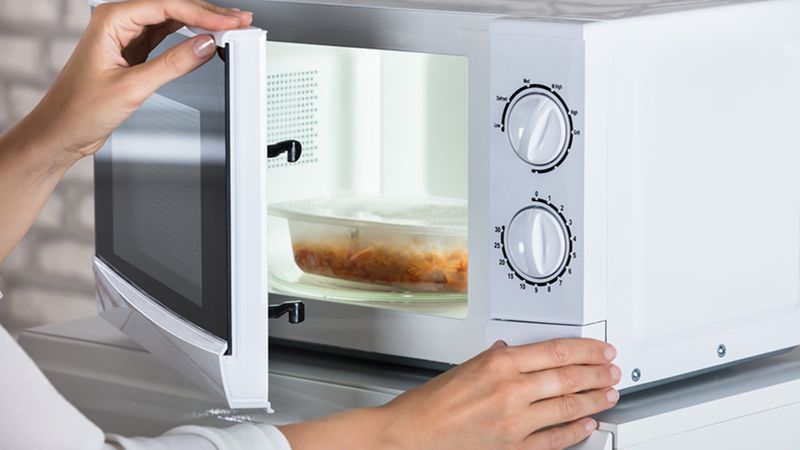
Microwaving food in non-microwave-safe plastic containers can release harmful chemicals, such as BPA, into your meal. These chemicals pose health risks, including hormone disruption. The convenience of plastic shouldn’t compromise safety.
Opt for glass or microwave-safe containers to reheat leftovers, and avoid covering with plastic wrap that may melt or leach chemicals. Safe practices ensure your meal remains as healthy as possible.
12. Loss of Nutrients
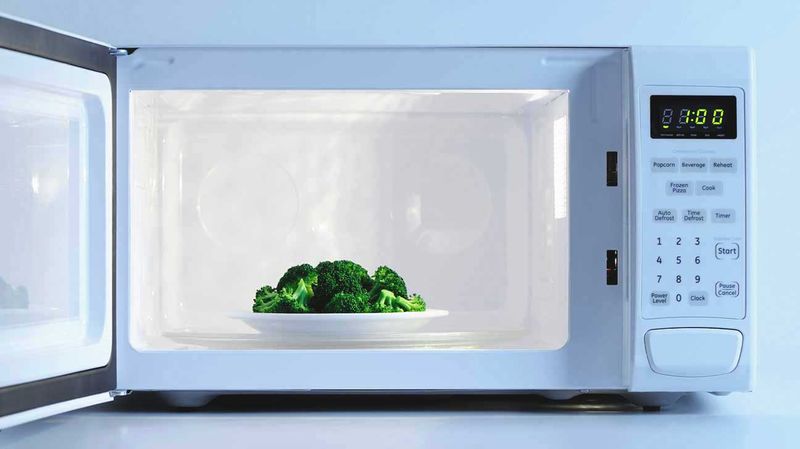
Repeatedly reheating leftovers can degrade essential nutrients, particularly in vegetables. Each cycle of heating breaks down vitamins, diminishing the nutritional value of your meal. By day three, that leftover broccoli may not be as beneficial.
To preserve nutrients, try to reheat only what you plan to eat immediately. Smaller portions mean less overall reheating, maintaining more of the food’s original health benefits.
13. Over-Salted Dishes Get Worse
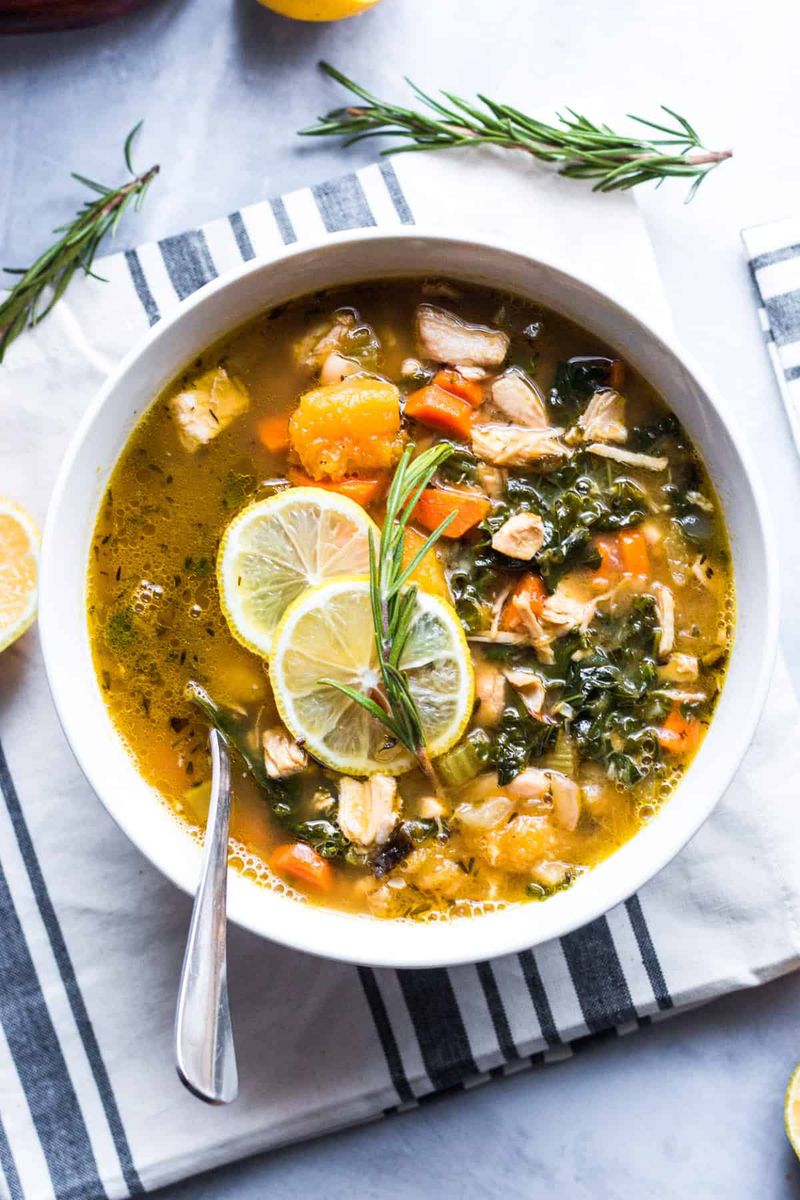
Leftovers often taste saltier after sitting, particularly in dishes like soups and stews. As liquid evaporates, the concentration of salt increases, potentially spiking your sodium intake without you realizing it.
Prepare dishes with less salt initially, or dilute with water when reheating to balance flavors. Consuming high-sodium leftovers regularly could contribute to health issues such as high blood pressure.
14. Cream-Based Dishes Separate and Spoil Faster
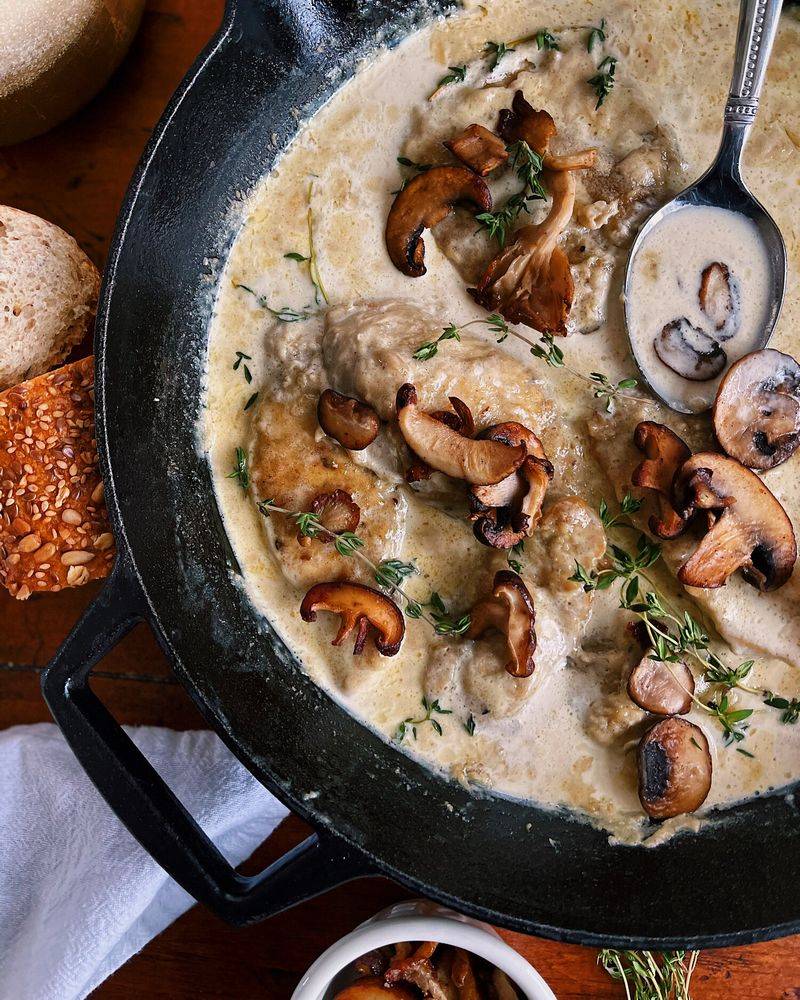
Cream or milk-based dishes are challenging leftovers, as they can spoil or separate quickly. Reheating might cause curdling, altering texture and taste. These changes aren’t just unappealing but may indicate spoilage.
Consume such dishes promptly or store in airtight containers to preserve quality. Understanding the delicate nature of cream sauces can help you enjoy them safely the next day.
15. Seafood Goes Bad Fast
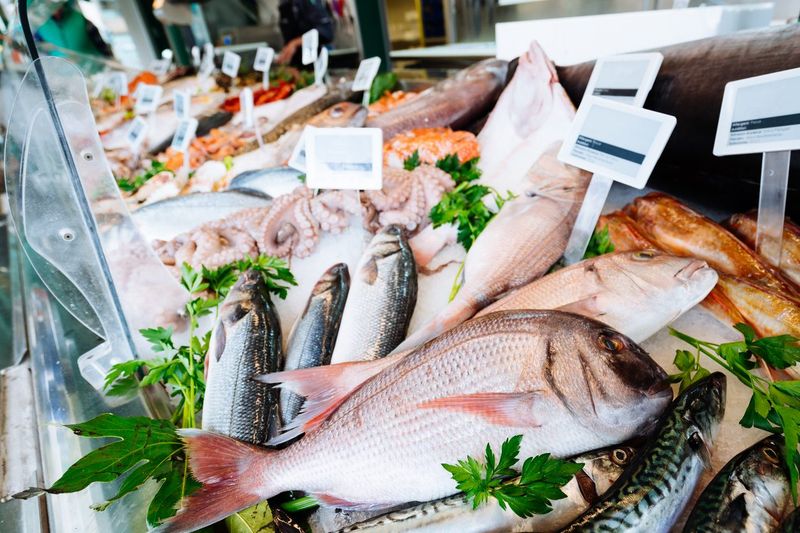
Cooked seafood has a notoriously short fridge life and may develop harmful bacteria or off flavors rapidly. Its delicate nature means it should be consumed quickly to avoid unpleasant surprises.
Always store seafood in the coldest part of the fridge and consume within a day or two. Recognizing seafood’s sensitivity ensures your leftover feast doesn’t turn into a food safety nightmare.
16. Reheated Oil Turns Toxic
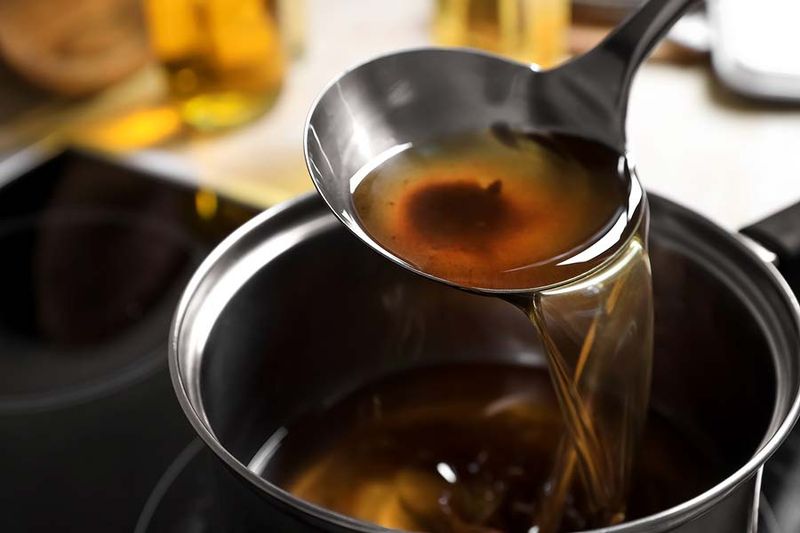
Reheating food fried in oil can release harmful compounds, especially if the oil was reused multiple times. These compounds may pose health risks, turning a tasty dish into a potential hazard.
Limit reheating fried foods and change cooking oil regularly to reduce toxic buildup. Opt for healthier cooking methods where possible to enjoy leftovers without worry.
17. Egg Dishes Can Get Weird
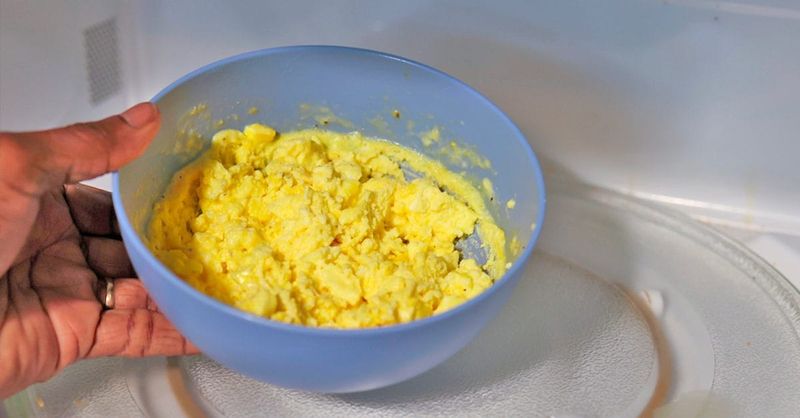
Egg-based dishes like casseroles or scrambled eggs can become rubbery and develop an off taste when reheated. These changes are not only unpleasant but may also indicate compromised quality.
To maintain texture, reheat egg dishes gently and consider adding a splash of milk or water to retain moisture. Understanding eggs’ unique properties helps ensure your leftovers remain tasty.
18. Smells Don’t Tell the Full Story

Some dangerous bacteria don’t produce noticeable odors, making smell an unreliable safety indicator. A meal may appear and smell fine, yet harbor harmful microorganisms.
Always follow safe storage practices and don’t rely solely on your nose to judge leftovers. If in doubt, it’s best to err on the side of caution and discard questionable items.
19. Glass Containers Can Shatter
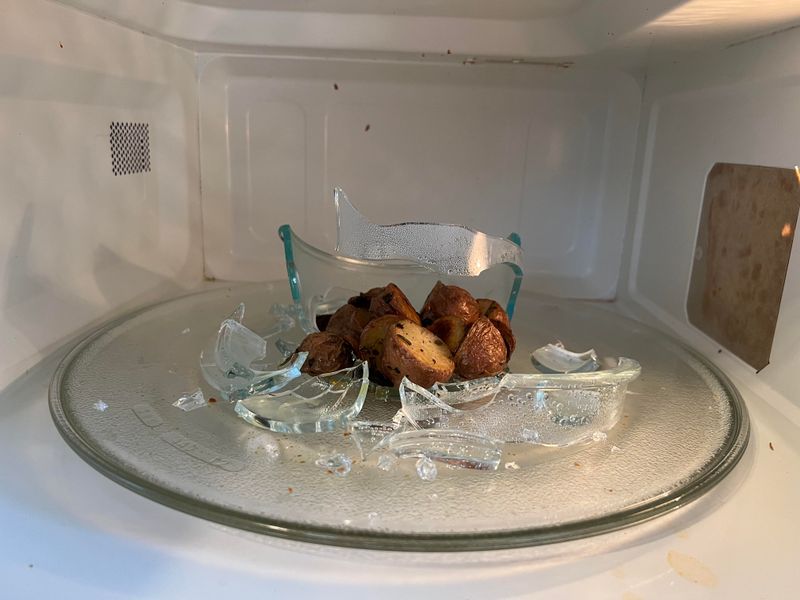
Heating leftovers in cold or non-heat-safe glass containers can cause them to crack or shatter. This mishap not only ruins a meal but also poses a safety risk.
Ensure glass containers are labeled as oven or microwave-safe before use. Allow them to come to room temperature before reheating to avoid temperature shock, which can lead to breakage.
20. Microwaving Covered Foods Improperly
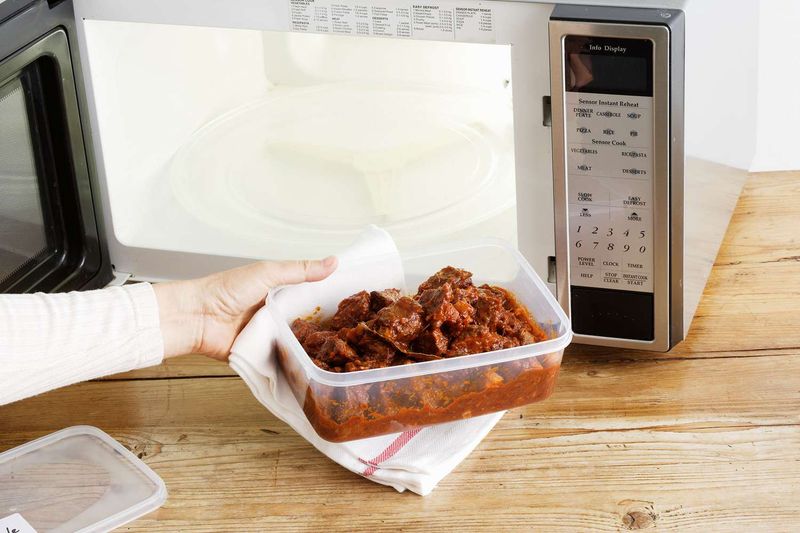
Sealing containers too tightly or not venting plastic wrap can lead to dangerous steam buildup or chemical leaching during microwaving. This oversight can cause burns or contaminate food.
Always vent containers or use microwave-safe covers to allow steam to escape safely. Simple adjustments ensure your leftovers are heated efficiently and safely.
